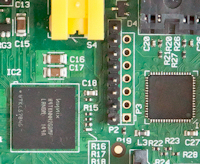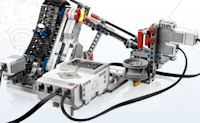Advanced resources for schools
[ << ]
Other simple languages
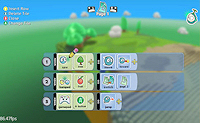
|
Similar to Scratch is Kodu (Download). Kodu doesn't let you build things up from nothing, but allows you to build games and stories using built-in animals etc. It looks lovely and lets you make some really good games easily. |
For languages that you have to type, and type right, the easiest are:
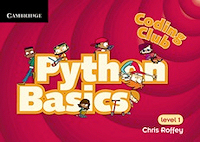
|
Python: this is popular and there are some really good books, but software built with it doesn't look so great. It is taught in a lot of secondary schools, but would be a perfectly good choice in primary coding clubs. |

|
Ruby: this is taught in some primary school clubs, and there is a good online tutorial, but it probably has less use in the real world than Python or Javascript. |
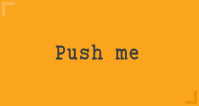
|
Javascript: this is used to make webpages do stuff. It is a bit harder, but there is a addon for MineCraft, which is a good way to learn. iPads: For KS2 children wanting to learn Javascript using iPads, there is the free Hakitzu Elite: Robot Hackers, though there is obviously mild violence in this. |
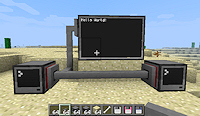
|
Lua: this is a slowly growing language, but there is a really REALLY good addin for MineCraft which lets you program little robots to build stuff for you - it also teaches you about Linux, which is thing a bit like Windows, and coding over WiFi. Honestly, of all the stuff for teaching kids coding, this is one of the best. iPads: for those who want to learn Lua with iPads, there is the commercial app Codea, which is a full programming environment for writing your own programs for the iPad. For a taster, see the video on their homepage. |
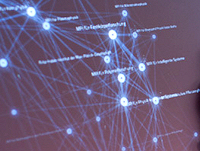
|
Processing: this is based on the Java language, but it is hard to tell. It is a fairly simple (for coding) way of making complicated animations and special effects. Lots of people give away code they've written for it and there are good tutorials. It is used for lots of films and there are some nice examples. |
For some of these languages, there are lessons at Code.org, Code Academy and Khan Academy.
